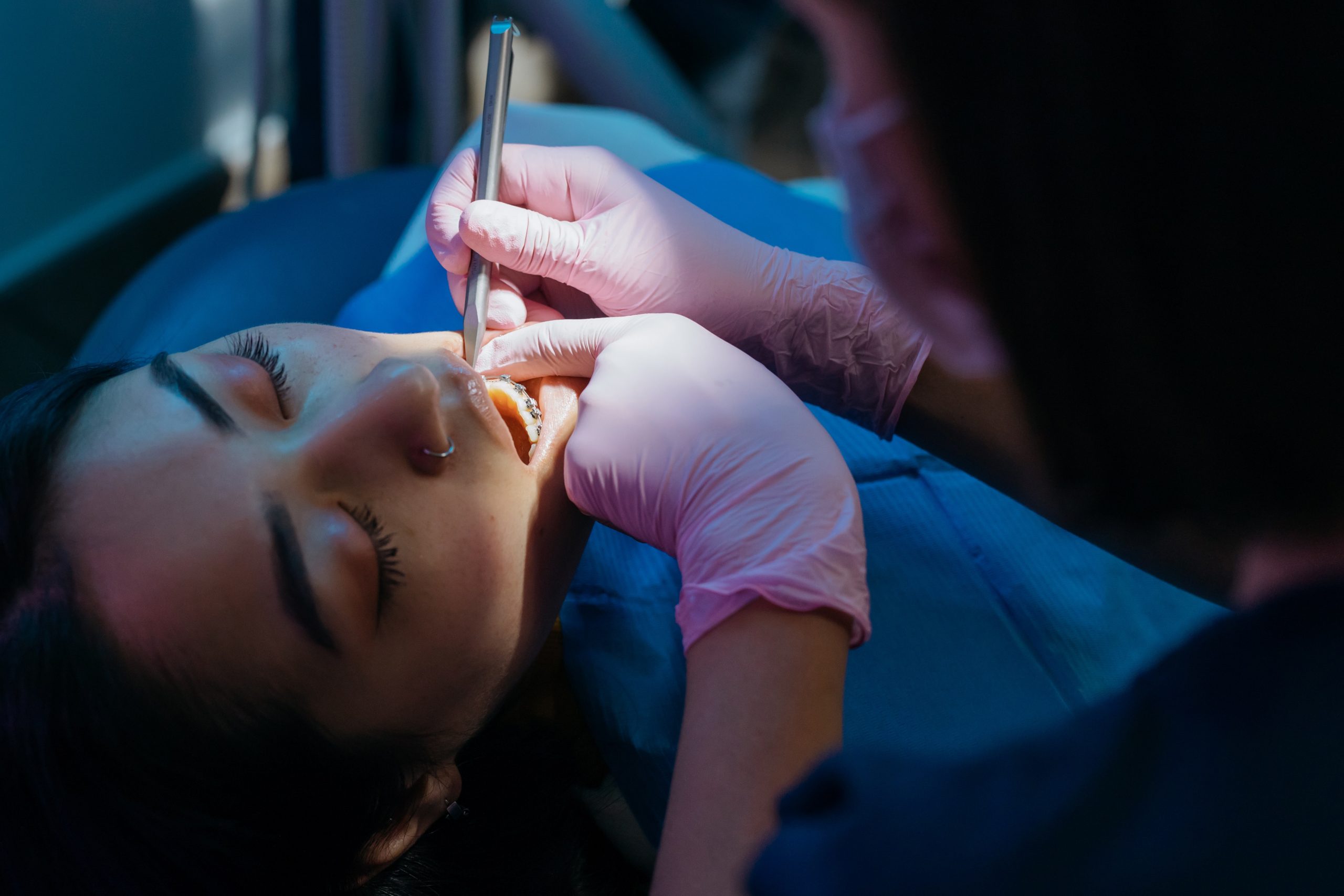Many people have nervousness when visiting the dentist. Many children and adults have such extreme anxiety during routine dental procedures like cleanings or checkups that they avoid the dentist entirely.
However, surgeries on even the most anxious patients may be swift and painless thanks to contemporary sedative methods. Every year, medical technology improves, making it possible to sedate patients in various ways that best suit their comfort level and medical requirements.
Sedation Dentistry Procedures
Sedation dentistry can help any patient who is afraid of the dentist, although it is often advised for invasive procedures. With an anesthetic, lengthy procedures that the patient needs to stay still may be completed much faster. Consult a dentist in Sault Ste. Marie to get more information.
Wisdom Teeth Removal
Removing wisdom teeth is still one of the most frequent procedures in oral surgery, albeit gradually becoming less frequent. Oral surgeons still use sedation to relax their patients and get access to any deep-rooted locations where the patient’s wisdom teeth may be located. Oral surgeons can do the treatment without worrying that they would cause the patient to experience excruciating agony or suffering because the patient is in a deep slumber and anxiousness has been eliminated.
Depending on their preference, some oral surgeons favor nitrous oxide sedation over an IV. When choosing an oral surgeon, this topic should be explored. If you have any preferences, you may also speak with your dentist about them.
Root Canals
Root canals are a surgery that most people fear and are also quite prevalent. When problematic teeth are neglected and left to their own devices, a root canal procedure may be required. While a root canal may theoretically be conducted without sedation, many people prefer not to.
An oral sedative or an oxide sedative are the most popular options for this surgery. Before the oral surgery, your dentist may write you a prescription for these sedatives.
Teeth Extraction
Pulling teeth might seem far more intimidating than it is and is most frequently performed on younger patients. This is a possibility that many younger patients may have to consider before having braces or other orthodontic treatment; visit Braces North Vancouver for additional details. Simply by its name, tooth extraction can create great anxiety in young children and older patients who may find the entire procedure scary.
Therefore, it may be essential to consider using an oral sedative for this surgery. As was already said, many patients may experience such high levels of anxiety before an operation that it may impair the dentist’s or surgeon’s ability to carry it out. A dentist or surgeon won’t need to worry about these situations because an oral sedative will calm the patient down psychologically and physically.
Dry Socket and Infections
There is a slight possibility of getting an infection or “dry socket” after an invasive treatment like removing your wisdom teeth. Following surgery, it’s critical to monitor body temperature and edema. You might require a second treatment to empty the socket if the edema does not go as quickly as it should.
Although not unusual, this might lead to problems, including hospitalization, if addressed. There will be incisions; thus, a sedative will be needed.
However, the oral surgeon may sedate the patient while awake using an oxide sedative. This is decided and may be required for several reasons, one of which may be for the patient to pay attention to instructions. Some dental procedures do not require sedation; Orthodontics Airdrie has more information on its website.




